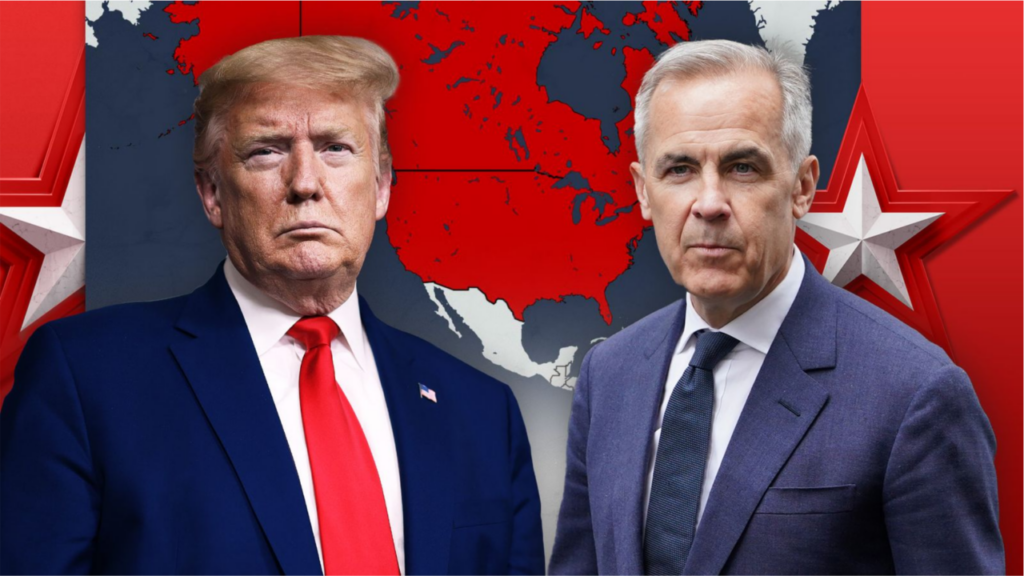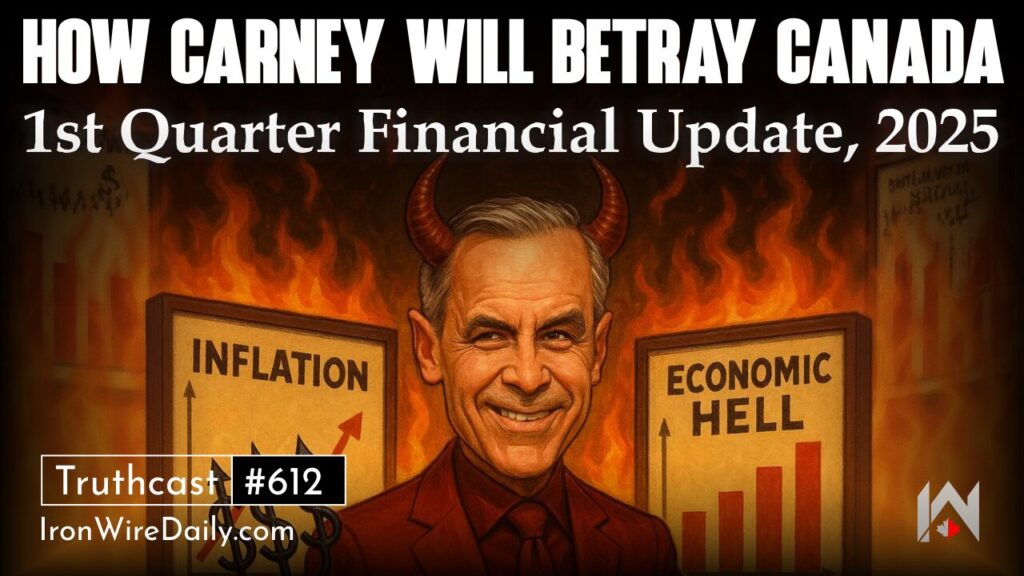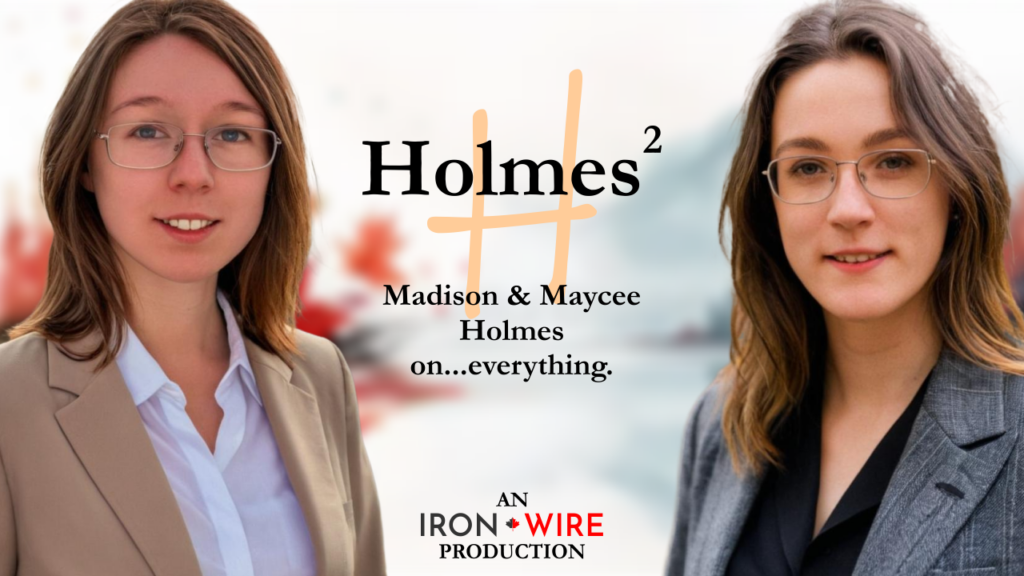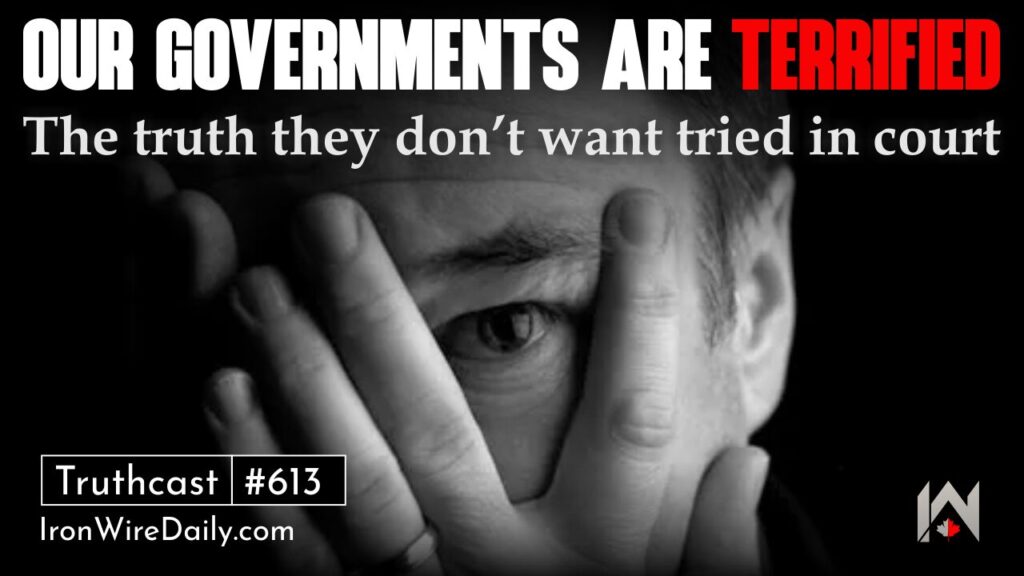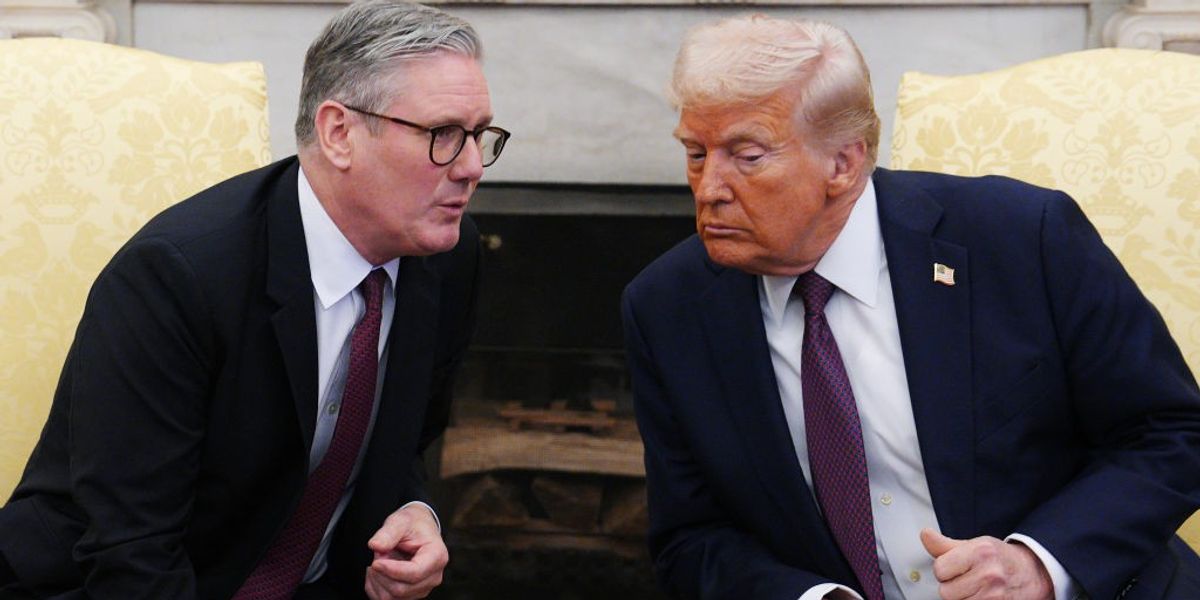Déjà Vu with a Side of Pain: 2022 Called, It Wants Its Headache Back

Just when I thought I was out, they pull me back in
Just when markets thought they’d left the worst behind, stagflation is back on the radar — and with it, all the old dilemmas. Inflation remains stubbornly above target in the US, Euro Area, and Japan, while growth is showing signs of fatigue. Investors are once again forced to navigate the impossible: rising prices that demand rate hikes, and weakening activity that cries out for cuts. It’s a throwback no one asked for, but one central banks can’t afford to ignore. Let’s have a look at the stagflation with focus on inflation.
That 2022 analogy
Before we dive into the actual macro data-points, just a friendly reminder that 2022 was not a good time for equities….
Source: Refinitiv
2-year high
The US 1 year inflation swap (%) is at a 2-year high…
Source: Deutsche Bank
Moving sharply higher
Long-term inflation expectations (5-10 years) in the University of Michigan’s survey have moved sharply higher.
Source: Deutsche Bank
Both long & short
Both short-term & long-term inflation expectations rose notably over the past few months.
Source: Goldman
The front-end
The front-end of the break-even curve led the way higher last week, while real yields declined further.
Source: JPM
The tariff take
“Larger tariffs will provide a larger boost to consumer prices. Under our new tariff assumptions, we expect core PCE inflation to rise from 2.8% year-on-year in February to a peak of about 3.5% this year, vs. 3.0% under our previous tariff assumptions.”
Source: Goldman
Leaning towards stagflation
Forecast revision indices are leaning stagflationary…
Source: JPM
A stagflationary scenario is one of the most difficult things…
“Investors are justifiably becoming a lot more nervous about inflation. The main driver has been the tariff threat, but there’s also been a jump in inflation expectations, and we know that the lag from recent rate cuts is still taking effect. Moreover, inflation is still above target across the major economies, including the US, the Euro Area, and Japan. A stagflationary scenario is one of the most difficult things that central banks can face. That’s because high inflation would suggest rate hikes, but then weak growth would point to more rate cuts. This would have echoes of the situation in 2022, where central banks like the Fed and the ECB launched into aggressive rate cuts to deal with inflation, despite serious concerns about the growth implications.” (Deutsche Bank)
The bright side on inflation
“…one potential advantage now is that because market-based inflation expectations have risen considerably, it’s now easier to get a downside surprise, because the benchmark has risen. For instance, the US 1yr inflation swap has gone from 2.52% to 3.16% so far this year already. And at several points over the last couple of years, downside inflation surprises have led to a huge equity rally as investors price in more central bank rate cuts.” (Deutsche Bank)
Not that extreme…
US and European inflation expectations are in the middle of their 6-month range.
Source: GS
Loading…











